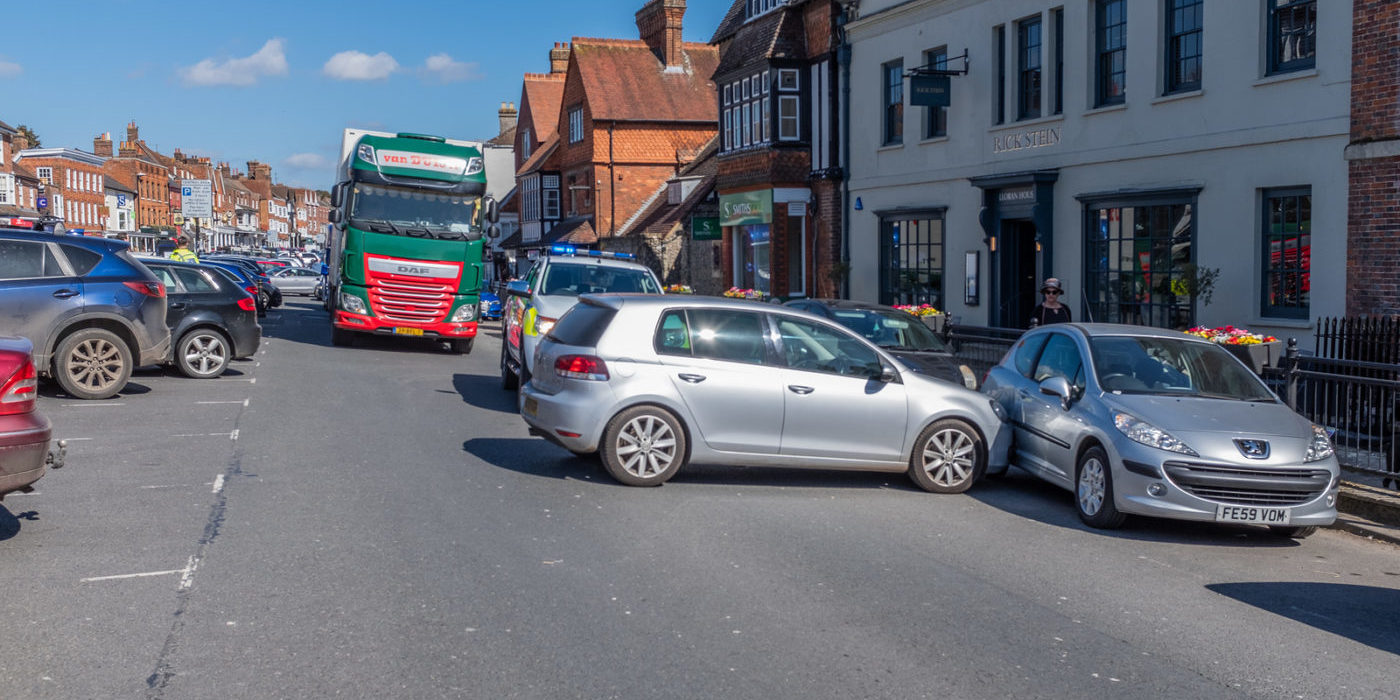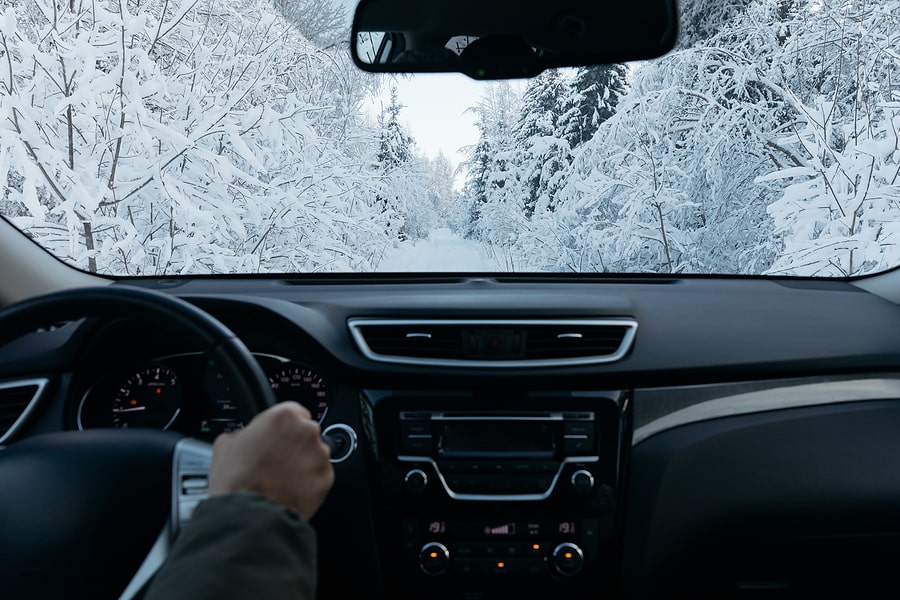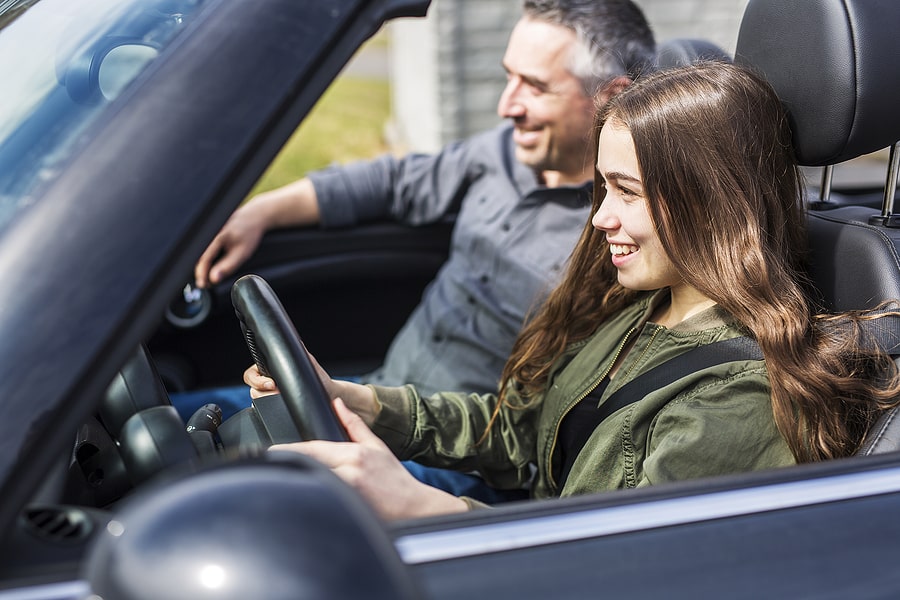This is a TRAGIC story:
Recently, an elderly woman was killed when the pickup truck she was riding in was T-boned by a refillable water truck. The late-morning accident occurred when the driver of the water truck ran a red light and crashed into the right side of the woman’s pickup truck.
A tow truck driver in the area hooked up the water truck and pulled it away from the pickup so rescuers could extricate the 79-year-old woman, who tragically died, and a male driver who was transported to the hospital with life-threatening injuries. The company that owns the water truck released a statement after the accident stating that it would be cooperating with law enforcement authorities investigating the accident.
Unfortunately, that kind of story is all-too-common. T-bone car accidents are the most frequent type of traffic accident at intersections. According to the Federal Highway Administration, millions of intersection crashes occur in the U.S. each year, resulting in more than 20 percent of all traffic accident fatalities and accounting for more than 40 percent of all traffic-related crashes.
As a car accident attorney one of the questions I often get from clients is: Who is at fault in a T-Bone car accident? Well, it depends. But here are some factors that go into making that determination.
Liability for T-Bone Accidents
A T-bone accident is most often a two-vehicle crash. The front of one vehicle collides with the side of another. The result is a tangled wreck that resembles the letter T.
Most T-bone crashes occur at intersections, and result from one of the two vehicles FAILING TO YIELD THE RIGHT-OF-WAY to the other. This usually constitutes a violation of the rules of the road, which say:
- When the traffic control light for your travel lane is red, you must come to a stop so that vehicles in other directional travel lanes can proceed through the intersection.
- When there is a stop sign, you must come to a complete stop to yield the right-of-way to other drivers who are proceeding through the intersection. You may only retake the right-of-way when you have ensured that there is a sufficient gap in traffic to turn onto the intersecting road or to go through the intersection. In the case of a 4-way stop, when other cars have yielded the right-of-way to you then you may proceed.
- When you are pulling out of a driveway or a parking lot onto the roadway, you must yield the right-of-way to vehicles who may be in the travel lane that you are pulling onto. You may only proceed when there is sufficient space to safely do so.
- When you are turning left on a green light, you may only complete your turn when you have a green arrow light granting you the right-of-way, or when there is a sufficient amount of space in the traffic flow for you to safely cross over oncoming travel lanes to complete your turn.
- At intersections that do not have a traffic control device such as a stop sign or traffic light, if you cannot see vehicles in or traveling toward the intersection due to an obstructed view caused by another vehicle or an object such as shrubbery or fences, you must wait until the vehicle obstructing your view has moved or slowly ease forward until you can see past the object that is obstructing your view.
- When there is an emergency vehicle with its flashing lights or siren on, you are required to allow the vehicle to proceed through the intersection even if you have the green light.
In most cases, the person who fails to yield the right of way at an intersection is the one who is at-fault for the t-bone accident. But that isn’t always the case, nor is that person the only party who might have legal liability for causing the accident.
For example:
- If the driver’s brakes fail, causing his vehicle to blow through a red light or a stop sign, then the company that manufactured his brakes could have legal liability for causing the accident.
- If the intersection is missing a stop sign or has a malfunctioning stop light, then the government agency responsible for maintaining those safety features could have liability for the accident.
- If the vehicle entered the intersection against a red light because it was pushed by a car behind it in a rear-end collision, then the driver of the car that caused the rear-end accident could have liability for causing the t-bone accident, too.
See what I mean? There is often more than one party “at fault” for a T-bone accident. Sometimes that party is a person or entity that wasn’t even present at the accident itself, but who MADE A BAD DECISION that led to people getting hurt in the T-bone collision. Car accident victims hire experienced attorneys to find all of those parties who have potential legal liability.
Causes of T-Bone Accidents
Still, the VAST MAJORITY of motor vehicle accidents are caused by DRIVER ERROR. Some of the driver behaviors that can lead to errors resulting in T-bone accidents include:
- Red light running. Anyone who runs red lights is a menace to themselves and others. A decade’s worth of data analyzed revealed fewer red light runners at lights where one city had installed red light cameras. The study revealed that the intersections where the cameras had been installed had 21 percent fewer crashes than what was expected without them. While traffic crashes increased overall throughout the city, those increases were significantly smaller in 76 percent of the intersections with cameras. However, in 2019, Texas banned the use of red light cameras, with opponents to the cameras stating that the use of them deprives drivers of their due process rights. Los Angeles discontinued the use of red light cameras in 2011.
- Driver distraction. Drivers face more distractions on the road than EVER before, especially from texting and social media. NEVER TEXT AND DRIVE! Distractions, however, are defined as anything that draws the driver’s eyes from the road, hands from the wheel, or attention from the task of driving. So, in addition to texting or scrolling social media, common dangerous distractions that lead to accidents include eating or drinking; talking with other passengers; adjusting vehicle controls; or daydreaming.
- Speeding. Driving TOO FAST not only reduces the time a driver has to perceive and react to a hazard on the roadway, it also increases the time that a driver needs to come to a safe stop. Speeding also prevents other drivers from accurately judging when it is safe to cross oncoming traffic.
- Misjudging the gap. When making a left turn on a non-arrow green light or making a U-turn, you are required to judge whether you have enough of a gap in traffic to safely pass over oncoming travel lanes. Many drivers fail to properly judge the gap, increasing their potential of experiencing a side-impact accident.
- Visual perception. At the scene of T-bone accidents, a commonly heard phrase is: “I didn’t see the other car coming!” Many failure-to-yield accidents occur not because the driver didn’t stop at the stop sign, but because he or she did not do a good enough job of spotting crossing vehicles. Many drivers, when in a hurry, will complete a “rolling stop” in which they merely slow for the stop sign but fail to come to a complete stop. This is a dangerous act that is against the law in most states as drivers rarely have time to sufficiently scan the intersection and ensure that it is clear before proceeding into it.
- Impairment from alcohol, drugs, or fatigue. Intoxicating substances and extreme drowsiness MAKE IT IMPOSSIBLE TO OPERATE A VEHICLE SAFELY. They blur and distort vision, spur risky driving behaviors, impair good judgment, and limit the motor skills necessary to maintain a safe speed and to brake effectively. Alcohol impairment was suspected in a recent Los Angeles T-bone crash in which a car struck an SUV at a North Hills intersection, killing the driver of the SUV and injuring three other people. The at-fault driver fled the scene of the accident on foot, leaving her vehicle behind. Authorities stated that there were empty beer cans located in and around her vehicle.
Why T-Bone Accidents Result In Such Severe Injuries
T-bone accidents are EXTREMELY dangerous. They frequently result in death or severe injury to the occupants of the vehicle struck on its side. That is because, in spite of improved vehicle design aimed to reduce side-impact injuries, the door panels of most passenger cars, trucks, and SUV lack sufficient structure to absorb the energy of a T-bone collision.
Instead, they are prone to collapsing inward and transmitting the force of the collision into the HELPLESS OCCUPANT sitting closest to the point of impact. Injuries can be especially severe when there is a large size discrepancy between the vehicles involved in the collision. For example, the damage to a compact car struck on its side by a tractor trailer truck will tend to be greater than the damage caused by a passenger car traveling at the same speed. It’s just physics.
Other factors that increase the severity of injuries in a T-bone crash include the speed at which the vehicle making frontal impact is traveling at the time of impact. Speed increases the amount of energy involved in a crash, resulting in more severe damage.
Avoiding a Side-Impact Collision
THERE IS NO WAY TO PROTECT YOURSELF COMPLETELY AGAINST A T-BONE COLLISION. But, you can reduce your risk by following the tips below..
- Always come to a complete stop at stop signs and red lights. Never proceed into the intersection until you’re completely sure that it is clear.
- Do not assume that another driver is going to yield the right-of-way even when he or she is legally required to. Caution should always be exercised when traveling through an intersection because drivers don’t always follow the law. Be prepared to wait for the intersection to clear, even when you have a green light.
- If you’re turning left and you’re unsure as to whether you have enough time to safely cross oncoming travel lanes, it is best to either WAIT for the green arrow or WAIT for the traffic to clear instead of risking misjudging the gap.
- It is often permissible to turn right at a red light if no signs state that you can’t. However, you still have to yield the right-of-way to drivers who travel straight through the intersection in the lane of travel that you’re attempting to enter.
- Avoid distractions, particularly in intersections. Intersections are, by design, active places. There are often vehicles driving through or turning on to all four directions of travel. Driving while distracted may cause you to miss a red light or to miss the signs that someone else is about to fail to yield the right-of-way.
- Emergency vehicles with flashing lights or sirens engaged always get the right-of-way at intersections. If you see the lights or hear the sound of a siren approaching, do not enter the intersection, even if the green light is yours.
A Car Accident Lawyer Can Help
If you’ve suffered injuries as the result of a T-bone accident, you may be eligible to be compensated for accident-related medical expenses, lost wages due to being too injured from work or missing work to attend doctor appointments, other out-of-pocket expenses resulting from the accident, as well as harm to your life and happiness.
If you lost a loved one due to this type of accident, you may also be entitled to compensation for expenses related to your loved one’s death. The best way to understand your options is by speaking with a car accident lawyer IMMEDIATELY and at ZERO COST TO YOU that will put your best interests first.





